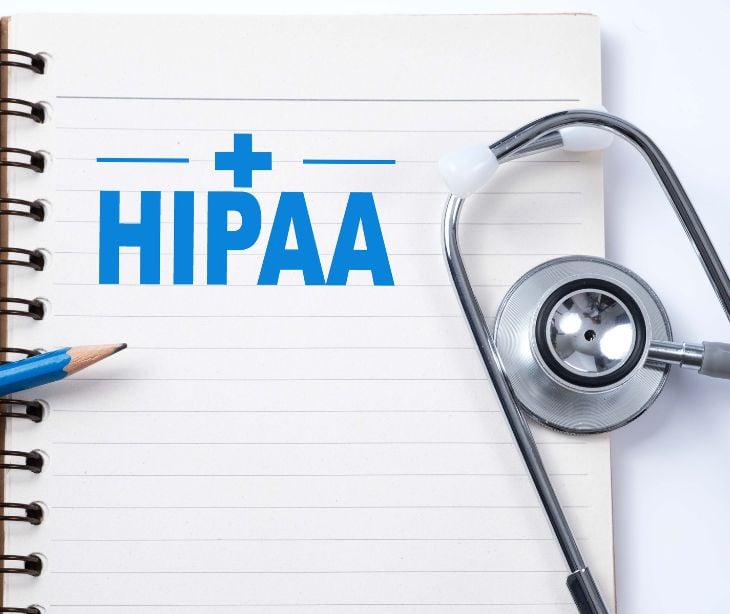
The HIPAA Privacy Rule mandates security standards for HIPAA-covered entities to protect patient information and promote cybersecurity policies. Healthcare organizations must understand HIPAA violation statistics to address cybersecurity risks.
By prioritizing data protection, investing in adequate cybersecurity infrastructure, and implementing comprehensive training programs, healthcare providers can mitigate the risks posed by cyber threats and safeguard patient privacy.
Overview of healthcare data breaches
Healthcare organizations need to strengthen cybersecurity measures due to rapidly growing HIPAA-related incidents. Examining data from past years reveals an upswing trend:
- Each employee in a healthcare organization has access to nearly 20% of files.
- Financial reasons motivate 88% of hackers to target healthcare entities.
- Stolen healthcare records account for 95% of all identity theft incidents, with such information being worth about 50 times more than credit card data.
- Around 75% of surveyed healthcare services admitted that their cybersecurity infrastructure is largely unprepared for cyber threats, putting patient privacy and health data at risk.
Read also: How to respond to a data breach
Rapidly increasing exposure of medical records
The exposure of medical records poses a significant risk to healthcare systems, especially those operating with outdated technology and inadequate security policies. Key data breach statistics highlight the concerning trend:
- Between 2010 and 2014, approximately 50 million patient records were exposed, which quadrupled in the following five years.
- In 2021 alone, approximately 45 million healthcare records were stolen or compromised, and this number is projected to reach nearly 50 million in 2022.
- In 2021, over 57% of healthcare organizations reported enduring more than five data breaches.
- The most reported major data breaches occurred in 2021, affecting more than 45 million individuals. This represents the highest number since the Anthem data breach in 2015, which impacted 80 million individuals.
- In March 2022, the Office for Civil Rights (OCR) reported 30 healthcare breaches, impacting 1.4 million people.
See more: Authorized access to medical records is important, too
The high cost of prevention vs. penalties & data breach expenses
While the costs of implementing cybersecurity measures may be high, the penalties for HIPAA violations and the expenses incurred due to data breaches are even higher. Key statistics shed light on the financial impact:
- In 2020, security breaches resulted in over $6 trillion in damages globally.
- From 2020 to 2022, the healthcare sector experienced approximately $25 billion in losses from cyber attacks.
- In 2020, the healthcare industry's average cost of a data breach was $7.3 million, which increased to $9.3 million in 2022.
- The total cost of data breaches in the healthcare industry exceeded $10 million on average in 2022, representing a 9-0% increase compared to the previous year.
- As of November 2022, the Office for Civil Rights (OCR) settled 26 cases of HIPAA violations for over $133 million.
Subscribe to Paubox Weekly
Every Friday we'll bring you the most important news from Paubox. Our aim is to make you smarter, faster.





